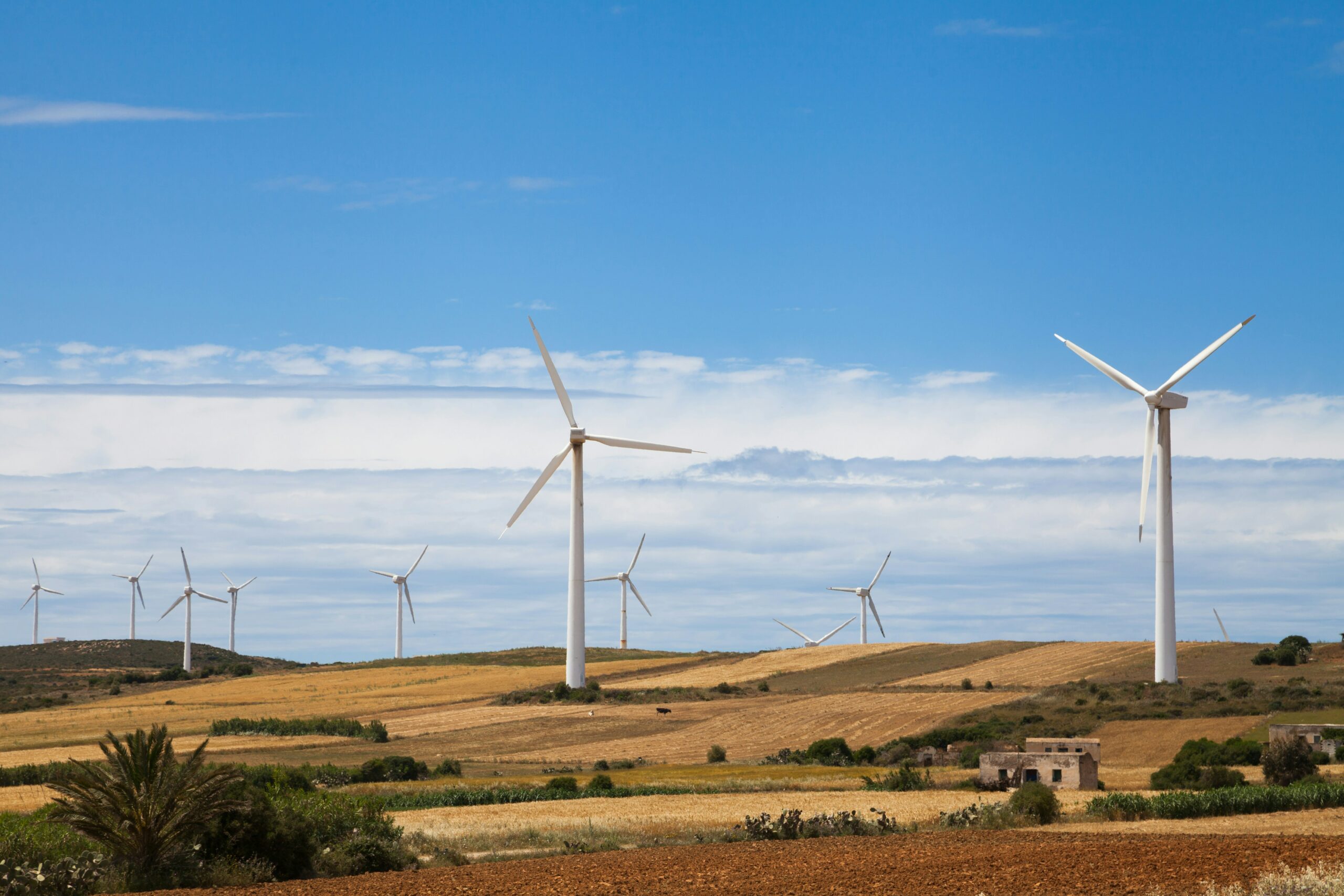Sustainable aviation fuels have a problem: they’re taking far too long to develop, according to a new report released by the Boston Consulting Group.
Though production of sustainable aviation fuels has increased substantially in the past three years – with a massive uptick in 2024 – the numbers are actually quite small when compared to overall global jet fuel production. Current SAF production accounts for only 0.3% of total fuel production, according to the International Air Transport Association (AITA).
BCG Highlights Concerns Over Sustainable Aviation Fuel Production
BCG claims that sustainable aviation fuel production is now faltering and even shrinking. The announcement of new project facilities declined by 50% from 2022 to 2023, triggered by higher energy and operating costs as well as economic uncertainty, BCG reports.
All this is putting 2030 aviation decarbonization goals at risk, they say.

Neither of the two types of sustainable aeroplane fuel is close to meeting targets, BCG said, though they did not specify which targets they were referencing for this assessment.
One type of fuel, Bio-SAF, is produced from natural oils or biomass, and costs less to produce and has quicker project delivery estimates. These fuels are expected to miss 2030 production targets by 30%, BCG said.
The second type of fuel, called e-SAF, is produced from a thermochemical process. This process is more expensive than Bio-SAF, with yet-to-mature technologies. Production of this type of fuel is expected to miss 2030 targets by 45%, BCG said.
Exacerbating these fuel-production shortfalls is the less-than-stellar state of project approvals: Fewer than 30% of SAF projects reach a final investment decision, BCG noted.
Production has also taken a hit from delayed policy action, BCG said. The report points to the EU postponing a decision on sustainable aeroplane fuel eligibility criteria on the ReFuelEU Aviation initiative, which in turn caused a delay in companies announcing new projects.
This has also caused inertia among the main players in the sector, namely airports and airlines.
“Only a small subset of players has shown active leadership [in developing SAF stocks], and this trend is unlikely to shift without significant incentives or mandates,” the report said.
Part of this stasis is driven by the lack of a clear business case for developing sustainable aeroplane fuels.
Sustainable aviation fuel production costs are still high, which discourages innovation and project development. This then results in high prices for produced SAF, because of their scarcity on the market.
The BCG report suggests carbon prices could spur production. This would not only increase demand for the fuel, but help airlines and aviation players meet sustainability targets, which in turn would create more opportunities for investment.
Industry Voices Support SAF Scale-Up – But Say Fossil Fuel Sector Must Step In
Haldane Dodd, who heads the pro-sustainability Air Transport Action Group from Geneva, supported the findings of the report, but urged fossil fuel producers to be more involved.
“The BCG analysis outlines he challenge in getting the nascent [SAF] industry off the ground,” he told Climate Insider.
“But I notice that it didn’t mention the role of traditional energy suppliers: the fossil fuel producers which have the financial resources, the expertise, and the distribution networks to really invest in SAF scale-up.”
He implored the aviation industry to see the development of the fuel beyond just an industry-specific lens.
“SAF should not be seen just as an aviation transition – it is an energy transition, and the traditional energy sector is not front and centre where it should be.”
He applauded airports, airlines, aerospace manufacturers and all companies operating in the sector for filling the gap left by the fossil fuel industry, but emphasized that these players should not have to go it alone.
For SkyNRG’s Tom Berg, who serves as Director of Policy and Sustainability, the BCG report “stirred up some discussion” among sector players.
When it comes to increasing production, some areas are doing much better than others, Berg said.
“In Europe, we have a very solid long-term investment framework built on SAF mandates” Berg said. “In the EU, SkyNRG has been every year producing a SAF market outlook since 2021, and we’re seeing announced capacities are increasing year on year on year.”
In the US, there’s no financial certainty for SAF development, he pointed out.
“The system [for supporting SAF production] is built on tax incentives, and these are pretty volatile from administration to administration,” Berg said. “The certainty on getting these tax incentives varies. This doesn’t build a great case for investment in SAF.”
To expand sustainable aviation fuel production, the industry needs long-term off-takes.
Mandates can help with this, he said. Any stable, regulatory market which creates a firm long-term demand to build a business case can help with SAF production, Berg said.
Sustainable Aviation Fuel Production Growth Through Consumer Demand
In addition to creating regulations to aid in SAF development, there needs to be ways to channel voluntary demand into spurring more production, Berg said.
“We have people willing to pay at the corporate level,” he said. These corporations are not able to buy batches of SAF, but they are willing to pay more for transport and then use these SAF-propelled flights for emissions-reduction certificates.
SkyNRG aggregates this demand for customers, and then links it to supply deals.
“These are novel, innovative frameworks that can help speed things up,” Berg said. “On their own, voluntary purchases cannot really trigger production. But if you aggregate, you can see real volume [in production].”
Consolidating consumer demand for sustainable aviation fuel use goes hand-in-hand with a solid regulatory regime, he noted.
Berg agrees that carbon pricing also has a role to play, he said.
“In regions where there’s already carbon pricing, like the EU, the best thing you can do is take revenues from the carbon pricing regime, and use that to fund the decarbonization in aviation,” Berg said.
“Earmarking these carbon pricing revenues means the [aviation] sector can pay for its own transition, and use these revenues to pay for SAF,” he said, noting measures need to be put in place to ensure all buyers are on the same playing field and first-movers aren’t economically penalized.
“Taking those carbon pricing revenues and putting it to good use, can actually do a lot,” he said.








